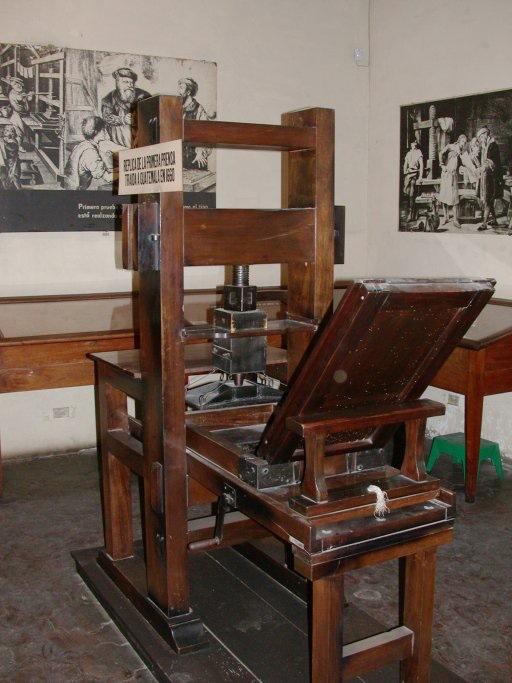Does the Second Amendment Only Apply to Muskets?
We’re hearing the argument again that the Second Amendment was only about muskets. Our founders never envisioned that high-powered rifles and handguns would ever be invented and taken up by ordinary citizens. This is a curious argument since the designation “militia” is used. Does this mean that any military use of a firearm must be of the musket variety?
The musket argument has a history among Hollywood types. For example, actor Mark Hamill is best known for his role as Luke Skywalker in the Star Wars series and less known as the voice of the Joker in Batman: The Animated Series. One thing he’s not known for is being a student of history, the Constitution, and logic:
In a tweet, he wrote the following about gun control:
“Don’t get me wrong, as a strong supporter of the 2nd Ammendment [sic]—I believe in every American’s right to own a musket.”
Piers Morgan said something similar:
“The Second Amendment was devised with muskets in mind, not high-powered handguns and assault rifles. Fact.”
See if you can find the word “musket” in the Second Amendment:
“A well regulated Militia, being necessary to the security of a free State, the right of the people to keep and bear Arms, shall not be infringed.”
Even without this constitutional right, we have the right to bear arms. Rights don’t come from government.
The Second Amendment was included in the Constitution to ensure the already existing right to “keep and bear arms.” Hamill and Morgan should study some of their own history before they write on a subject like the Second Amendment.
“The right to have arms in English history is believed to have been regarded as a long-established natural right in English law, auxiliary to the natural and legally defensible rights to life. In District of Columbia v. Heller (2008), the Supreme Court remarked that at the time of the passing of the English Bill of Rights there was “‘clearly an individual right, having nothing whatsoever to do with service in the militia’ and that it was a right not to be disarmed by the crown and was not the granting of a new right to have arms.”
“The Second Amendment was based partially on the right to keep and bear arms in English common law and was influenced by the English Bill of Rights of 1689. Sir William Blackstone described this right as an auxiliary right, supporting the natural rights of self-defense, resistance to oppression, and the civic duty to act in concert in defense of the state.” (Source: Wikipedia)
The Second Amendment doesn’t say what type of “arms” is included in the right to bear them. There’s a reason for this. Our founders knew that the definition of “arms” can change over time. What were “arms” in the 18th century differed from what would have been defined as “arms” in the 13th century. The Constitution was designed to be a document for the ages, not just for the late 18th century.

First Printing Press in America (1639)
Following Hamill and Morgan’s logic, the freedoms of speech and press found in the First Amendment should be limited to a town crier, men on horseback and footmen to carry a communique, quill pens, and actual printing presses. This would mean setting type by hand, rolling ink over the type, and pressing the paper on the raised letters, one sheet at a time. Since we don’t “press” paper over inked type today we can’t appeal to the First Amendment’s right to “freedom of the press.”
If the Second Amendment was only for muskets, then it was also only for parchment and literal printing presses. Our founders knew better. Rights transcend technology and innovation. Rights are for the ages.
The six books I wrote in the 1980s were typeset electronically. Even so, the galley sheets still had to be pasted on boards so plates could be made. No one in the 18th century, or even in the last decade of the 20th century, could have conceived of printing exclusively with digits by way of a Portable Document Format — PDF.
Printing has made more technical advancements since the First Amendment was drafted than have “arms.” Someone from the 18th century could easily recognize a modern-day handgun and rifle and learn to load and shoot it in a matter of minutes but would be stymied by a laptop computer and software used to “typeset” a book with no hard type that could be turned into an electronic file that in the end could print a million copies of a book in days.
Weapons like handguns and rifles are protected by the Second Amendment in the same way that modern-day publishing is protected by the First Amendment. They protect the tools used to express the stated rights.
The following is from the 1953 film Shane, starring Alan Ladd and Jean Arthur. Ladd’s character is trying to live at peace with the world. He’s hung up his gun. He doesn’t want trouble. He also knows that there are some bad people in the world who don’t care about peace. Better to be prepared than to be left defenseless.
Jean Arthur’s character does not like guns. Her son is fascinated by Shane’s ability with a revolver.
Marian: “Guns aren’t going to be my boy’s life.”
Shane: “A gun is a tool, Marian, no better or worse than any other tool… An ax, a shovel, or anything. A gun is as good or bad as the man using it.”
The exchange between Marian and Shane in the film begins at the 1:37 mark. Watch the entire 2-minute clip. And if you haven’t seen the film, you need to view it in the widescreen version. The cinematography is first-rate.



